Lighting Large Group Photography
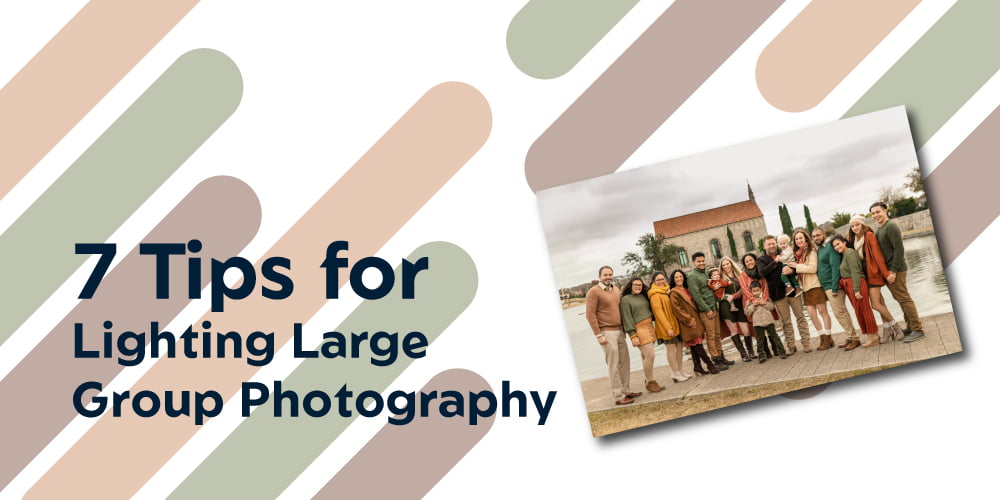
7 Tips for Lighting Large Group Photography
Contents
A task has different approaches to doing it, but the efficient one always makes people experts. An expert always finds the most effective way to do a task among all those tasks. If we talk about photography, lighting is an essential component.
Lighting is always an important aspect when clicking a group photo. Group photos are extremely common at weddings and parties.
A group photo always symbolizes the bond between a group of people. Everyone in a group expects to get a good picture. But sometimes, they could not get a good picture because of the lack of appropriate lighting.
A different lighting setup is always required for a group photo. It is easy to put together appropriate lighting for large-group photography. With a basic lighting arrangement, you can take a professional group photo.
In these situations, natural light can help, but how the curtains are set up and other things are also important. This article will try to find out how to set perfect lighting for large-group photography.
Lighting Setup For Large Group Photography
Raise your two off-camera flashes with umbrella attachments to get the best lighting for a group photo. In such cases, the height should be around 5 or 6 feet.
While taking a good group picture, you should point the light source away from the people in the picture. The stands should be set up to your left, with one pointing right into the middle of your subject and the other at a soft angle to the right.
Video source: Photography Tutorials
Also, another source of light is “feathered,” so it can light up the room. If you change the ISO, it will have a more significant effect than if you change the shutter speed. This lets you change the shutter speed without changing the flash.
Including these things in the power levels for flashes is also important. A camera’s flash settings and the amount of available light impact how bright the flashes will be in the group photo.
When working with a high ISO, using the whole 1/1 power is not necessary. For the most natural-looking results, set the exposure compensation to 1/8th power, then change it up or down. Increasing ISO while decreasing flash power can allow you to capture action faster. This is useful if you want to capture action poses and quick movements.
Tip for Clicking the Big Group Photo
Taking a picture of a single person is hard, but capturing an image of a large group is more complicated. Because in a group picture, you must ensure that everyone in the picture looks their best.

Do not be afraid, despite the presence of lights and skin color challenges. Here are seven tips to help you find your way through the problem. If you follow these tips, taking group photos should be easier and more enjoyable.
1. Believe in Your Photography Skills
The pressure of arranging a group photo can be high for a photographer. Because of this, it is vital that you have faith in your skills, both as a photographer and as a person who can lead others.
To click a group photo, the most important thing is to be sure about what you are doing. If you show any hesitation, people will question your skill. The group can be huge, but you have to clam up.
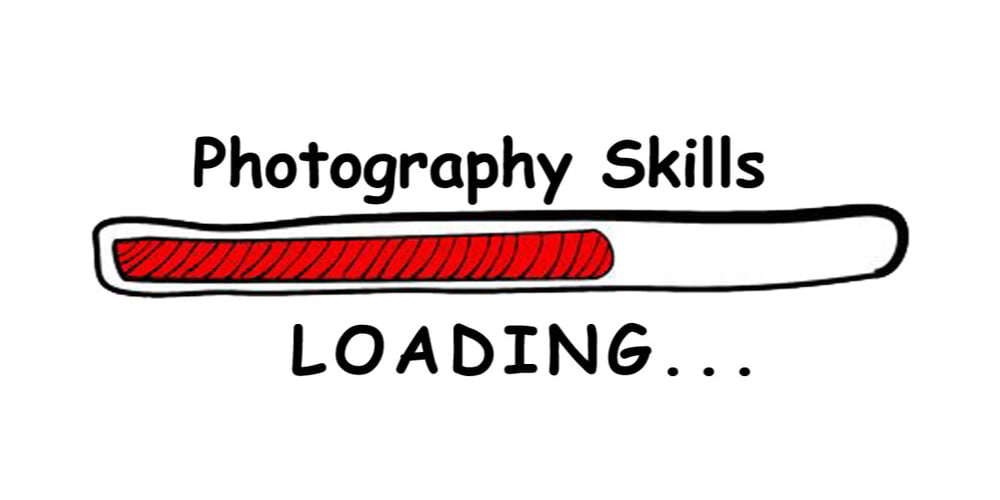
Planning a mock photography shoot will help you to relax and enjoy yourself more on the day of the shoot.
Before the actual shoot, choose a place with a friendly setting, adequate lighting, and enough room for everyone. The next step is to plan how you’d like to set up the group so that you can direct everyone to their designated spots once they arrive.
Just say it briefly to get everyone in the right place and make sure it is clear what to do. Because group shootings tend to be chaotic and loud, be sure your voice can be heard clearly.
Do not be shy about pointing out minor imperfections, such as a button-down or twisted tie, when taking portraits. Make sure everyone is looking good.
Last but not least, always be polite. Sincerity is always appreciated, but boldness is essential when pitching your shoot’s concept. People are more likely to trust and open up to you when you approach them kindly.
2. Be Creative In The Case Of Subject Arrangement
Those who have participated in too many group photos know very well that shorter people should be in the front and taller people should be in the back.

While this is a good starting point, there are other rules that need to be followed. In addition, uneven patterns should be used.
The group might look better posed in a triangle formation rather than a square one. Arrange groups of people according to the same height so that the scene does not appear too static.
If you want everyone in the photo, have them stand on a set of stairs, a long bench, or another high surface. People can also be asked to kneel or sit on chairs so that everyone can be shown in the photo. The group portrait is given more dimension through the use of layers.
3. Experiment with a Half-Circle Layout
The concept of personal space does not apply to a group photo. Tell your subjects to place their arms around the person next to them if you take a group photo. They will look attached to this pose. In a more formal atmosphere, advise your group to stand or sit no more than two inches apart.
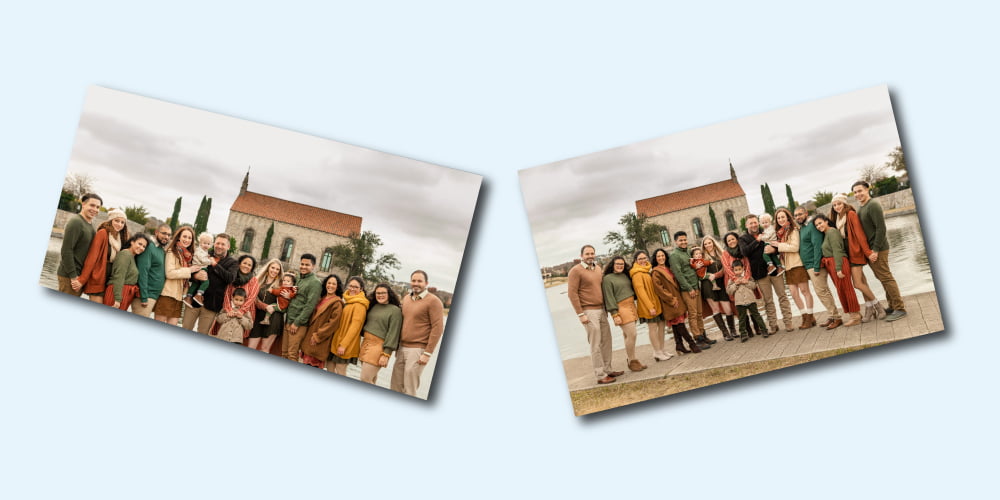
You could suggest that they make a half-circle. By arranging them this way, you may make better use of the space available without hosting many gatherings. The half-circle layout also adds visual interest by breaking up the typical grid layout of photography.
To capture fantastic photos, you should always double-check the results on the screen. Avoid leaving anyone out of the conversation. Some of your shy subjects may need to be gently reminded to move closer to the middle of the group.
4. Make Sure No One’s Hiding Their Faces
Make sure the people in the front of the group will not block the view of the people in the back. Tell them to put their hands behind their backs or keep them at their sides.
This is also a fantastic moment to divide up your subjects into smaller groups. Doing it well means nobody in the group will accidentally shut anyone out. Before taking the picture, make sure another person or shadows do not cover anyone’s face.
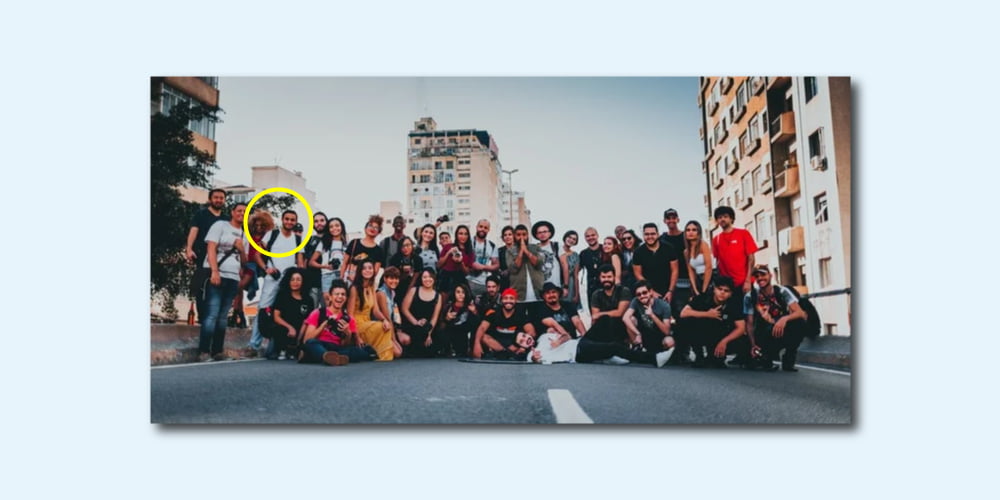
If necessary, make minor changes. To give your subjects time to get into position whenever you’re ready, count out loud.
5. Utilize Lighting as a Tool
It is not enough for group photos to have a lovely backdrop. Lighting is also important. The lighting in a given setting might impact your photographs positively. No matter how close or far away your subjects are, you must ensure their features are well-lit.

If possible, avoid having the group face directly into the sun, as this will cause everyone to squint. Place them this way so the sun will not be directly in their eyes. Because direct sunlight will make everyone uncomfortable.
You can keep harsh shadows from falling on your subjects’ faces by putting them near trees or big walls or waiting until clouds completely block out the sun.
Indoor photography poses some unique challenges due to the need for supplemental lighting. Allow natural light in by opening any nearby windows. If not, move to a room with more light.
If you use artificial light, try to keep it natural and do not change the skin tones of your subjects too much. Halogen lighting can be used to create a yellow effect. However, editing out the yellow impact in post-production is not always a good idea. This decreases the quality of the photo.
Stop wasting time by taking pictures without proper lighting. Do not be afraid to use a portable flash or studio lighting if the lighting is not enough. If the resulting blast is too harsh, a diffuser can be put in place to moderate it. Tilt the camera just a little bit when taking photos so that too much light does not shine directly down on your subject.
Remember that the light has to fall uniformly on your subjects’ faces, regardless of where it is coming from. Some people in the group should not be too close to the light, which makes them look overexposed, while others should be in the shadows and underexposed.
6. Take a Bunch of Photos
It is nearly impossible to double-check the appearance of each subject as you push the shutter if you are photographing a group. Moreover, it is also not possible to notice if one of them blinks or moves slightly. So, in this case, shoot several frames quickly while the camera is set to continuous exposure.
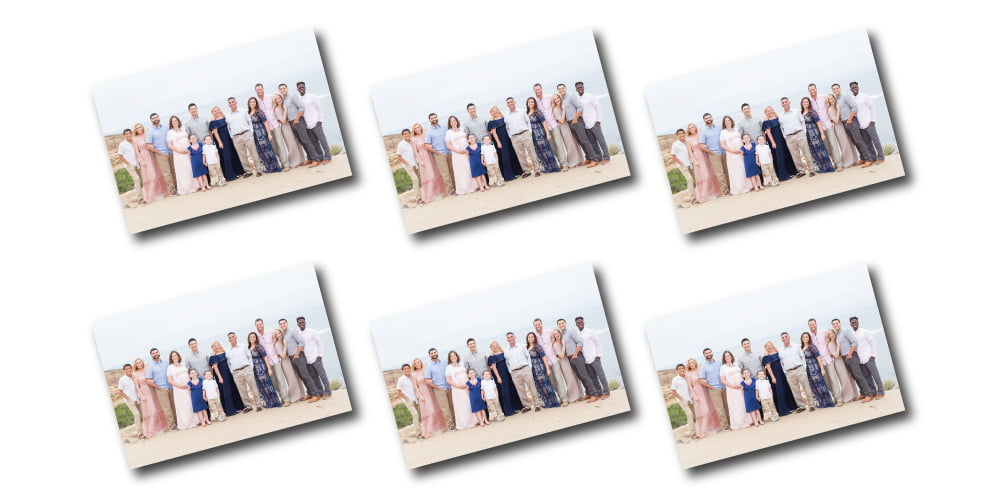
Taking multiple shots gives you more variety and gives them time to get into the right position before you snap the shutter. If you do not know about shutter speed, read this.
If some of them are not ready for the first shutter click, they should have time to get themselves together for the next one or two. They will have their eyes open by the second or third shot, even if they blink during the first one.
When everyone is in position, snap as many pictures as possible. If you miss the shot the first time and they reassemble, you will have difficulty convincing them to do so.
7. Encourage Your Subjects To Provide Natural Poses
To get a good picture of a large group of people, you need to know how groups work. Get your group to loosen up and have fun together before you take their pictures by letting them freely engage with one another.
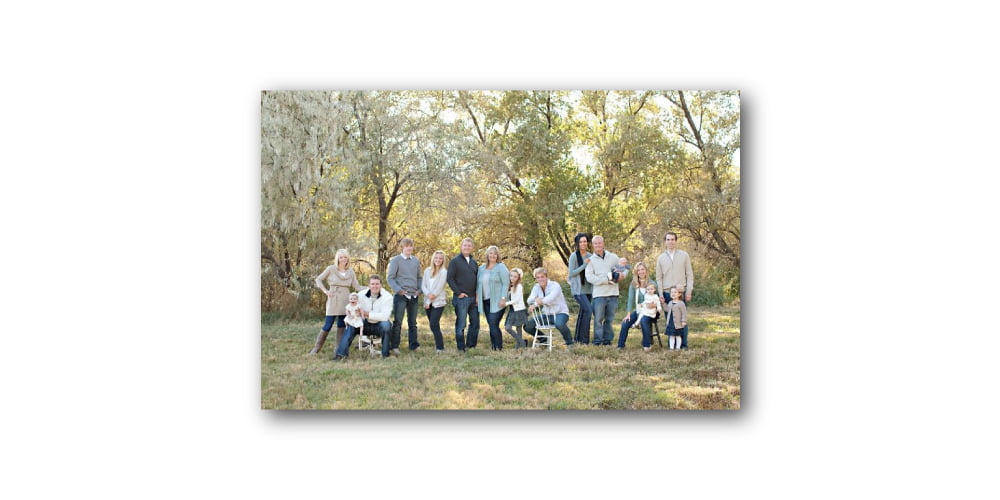
Even if you do not know them very well, you should not be scared to reach out and make contact with them. Have a conversation with them to break the ice before you start instructing them on set.
You should try to encourage the members of the family to make some funny poses for the group picture so that you can get some amazing snaps. Tell them to do something silly or exciting in front of the camera, like a jump, a sprint, or a silly expression. You can go after them even if they’re playing a game or sitting on the porch.
It is essential to give people their space if you want to catch them in the moment, which is called “candid.” Having people pose in this way makes for much more engaging photographs than if they were standing still.
On the other hand, watch what you ask of your subject. Do not attempt anything that could lead to unflattering pictures of people. If you can make your models relax, you will receive better results.
FAQ
What aperture should I use for large groups?
When taking a picture of a large group, you should use an aperture of f8 or higher. While clicking a group photo, ensure that everyone in the picture is sharp and focused.
What is the best setting for a group photo?
The ISO should be as close to 100 as possible. If not, then 200–400 is also good. Take advantage of the camera’s autofocus by pressing the focus-back button.
For single-subject shots, use an aperture of f/2 to f/4, and for group shots, use f/5.6 to f/8. Make sure your shutter speed is at least 1/200th if using a tripod.
End Note
Lighting is essential for both solo and group portraiture. In solo photography, lighting is easier because of one subject, but in group settings, perfect lighting is challenging because of several subjects, skin color, and pose differences.
But it does not mean that you cannot get a perfect photo in group photography. By applying a few strategies and tricks, you can easily get there. though camera settings also play a vital role in group photography lighting.
We have done our best in this article to guide you through the lighting process of large-group photography. Hopefully, these steps will help you.
If you are still unable to obtain high-quality images, do not despair. Contract a post-production house.


